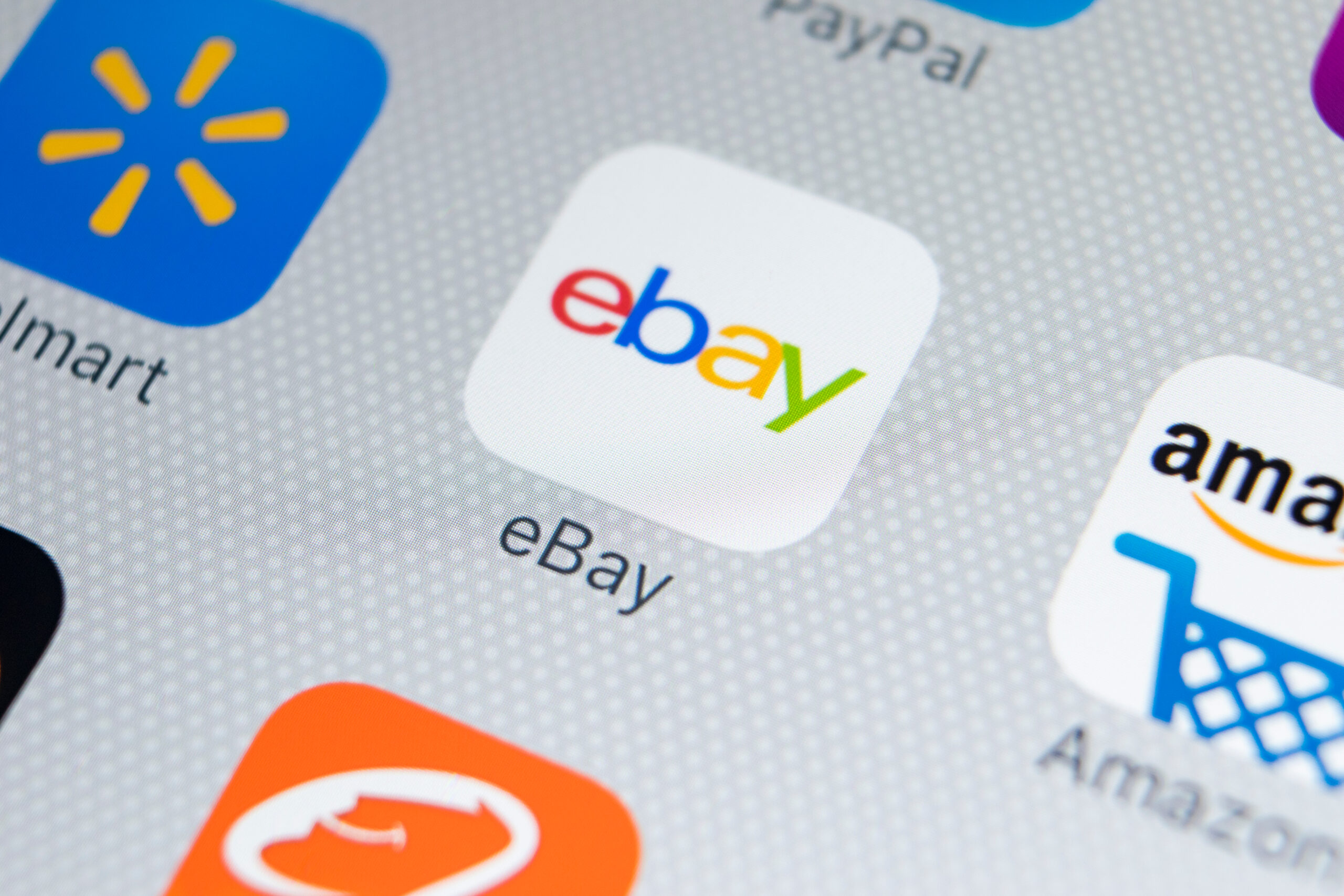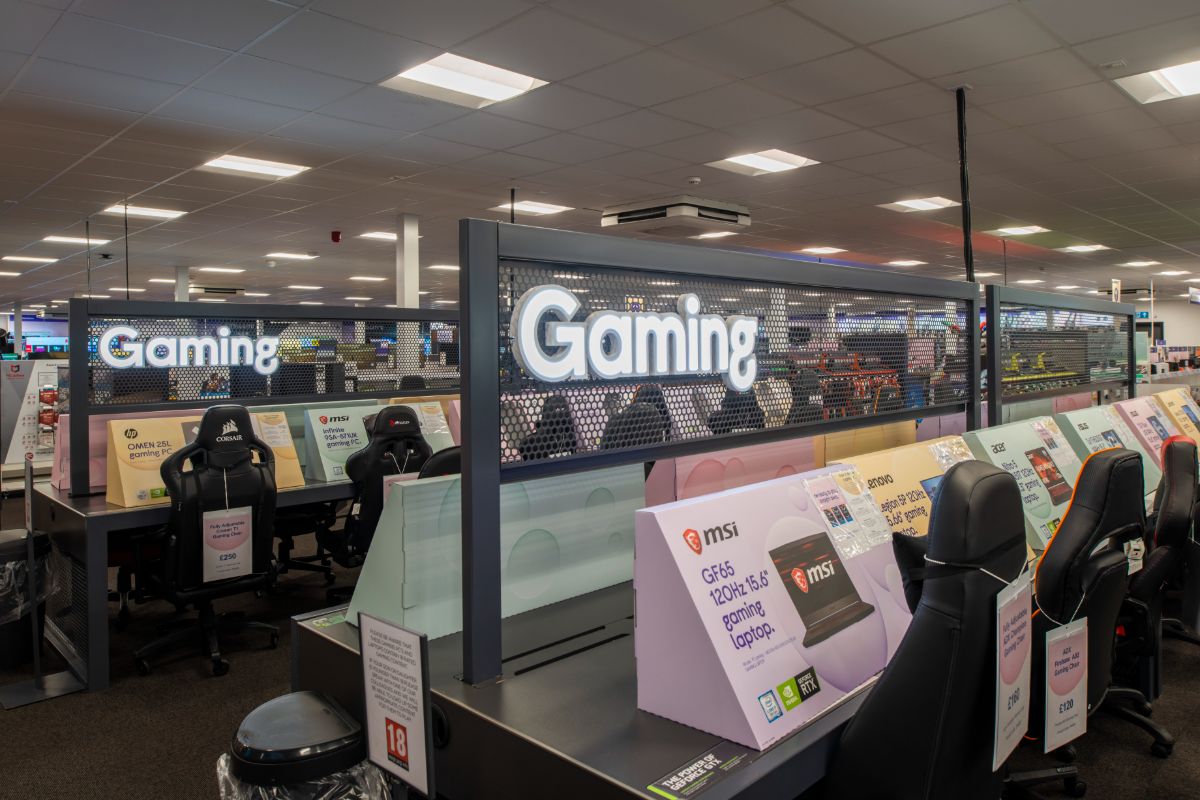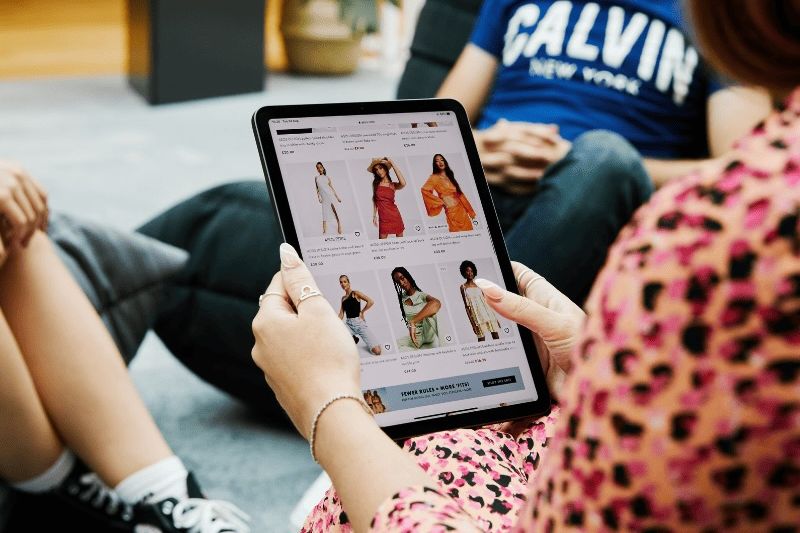Retailers that deliver a combination of convenience and tech-driven service could beat off the High Street malaise. They also need to compete with the likes of Amazon Go and others that are starting to eat their lunch.
According to Deloitte’s global powers of retailing 2018 report, which ranks retailers based on their brick-and-mortar performance, the role of stores “must be reimagined.” It says that an in-store experience will be pivotal in order for retailers to remain relevant during this transformative retail age. Retailers must incorporate advanced technologies by adding experiential elements that will define the most innovative and compelling stores, delivering multiple benefits to savvy retailers wishing to drive market share and stay ahead of the curve.
So, how can retailers deliver an engaging experience on a tight budget? Here are five companies that have technology that can help retailers get there today – and do so without breaking the bank.
Trigo Vision
Do you harbour dreams of being like Amazon Go, able to let customers walk in, pick up what they want and walk out again? Well you can – and it won’t take 10 years of expensive R&D as Trigo Vision, a computer vision startup, has done that for you.
Trigo Vision’s tech combines a ceiling-based camera with machine vision algorithms to identify and precisely capture customers’ shopping items to eliminate the need for a checkout process.
The Amazon Go-like technology, developed by experts that have extensive experience in Israel’s military is using fewer cameras compared to similar services in the market.
Trigo Vision says that the solution can be customised according to cultural differences, helping retailers to create a personalised service. The technology is also GDPR-compliant which collects shoppers’ personal data anonymously without attaching identities to it.
Jisp
Jisp, UK start-up is set to introduce a simple ’tap and go’ system that it says is “three to four times faster” than conventional checkout services offered in supermarkets – and helping beleaguered High Street retailers offer the kind of services shoppers crave.
The technology is equipped with near-field communication (NFC), the label can be scanned to get the product price and details, which then appear on the customer’s phone screen. Once happy with their purchase, they just ’tap and go’ – allowing them to pay. They can then just put the stuff in their bag and leave.
For the retailers using Jisp, overheads are lower as there is no need to invest in hardware. Also, the system provides higher intelligence on the choices made than a scan service, including the order in which products are selected and data on outcomes rejected to enable follow-up enticements such as discounts.
There is also the opportunity for cross-selling either while shoppers are in the store or afterwards. Offers and discounts can be communicated electronically; there is no need for paper vouchers, which customers often mislay or leave at home. Random checks, a flagging of high-value items or those that need the validation of age will help prevent shrinkage or illegal sales.
Yoyo and Preoday
Yoyo, Europe’s payment and marketing platform is working with Preoday, a digital ordering company, to deliver a mobile app for retailers that incorporates payments, digital loyalty, personalised rewards and pre-ordering experiences.
Starbucks’ and Wetherspoons’ consumers are already able to pre-order via their in-house app. Yoyo says that its “enhanced” service will soon be available to retailers for adoption.
The app will include Preoday’s and Yoyo’s personalised features. Preoday’s in-build data dashboard reveals real-time stock and purchasing trends for retailers customer marketing campaigns. Whereas, Yoyo’s purchasing preference identification tool captures customers’ basket data at a point of sale, enabling addtional personalisation.
Flixmedia
Flixmedia’s point and place augmented reality (AG) app allow retailers to deliver an engaging shopping experience with an “instant on” button that enables customers’ to see products in situ.
Customers’ can view more than 800 AR product models across product categories including home appliances, consumer electronics, apparel and furniture. Flixmedia says that the platform removes the need for retailers to undertake costly research and development on their own bespoke AR platform or produce costly digital AR product models.
Image credit: Fotolia








